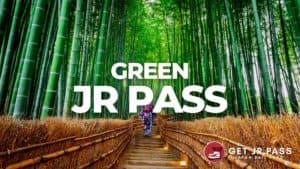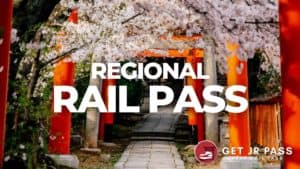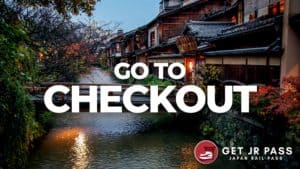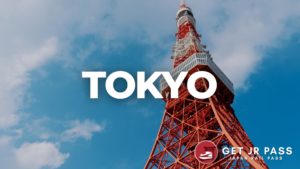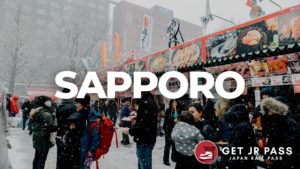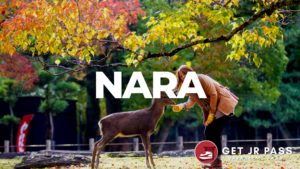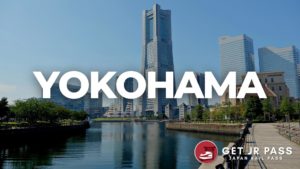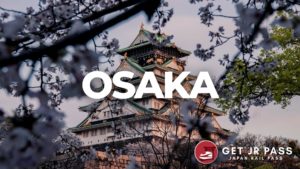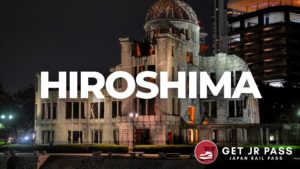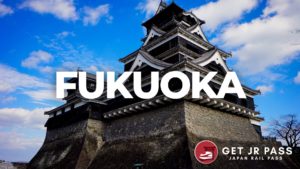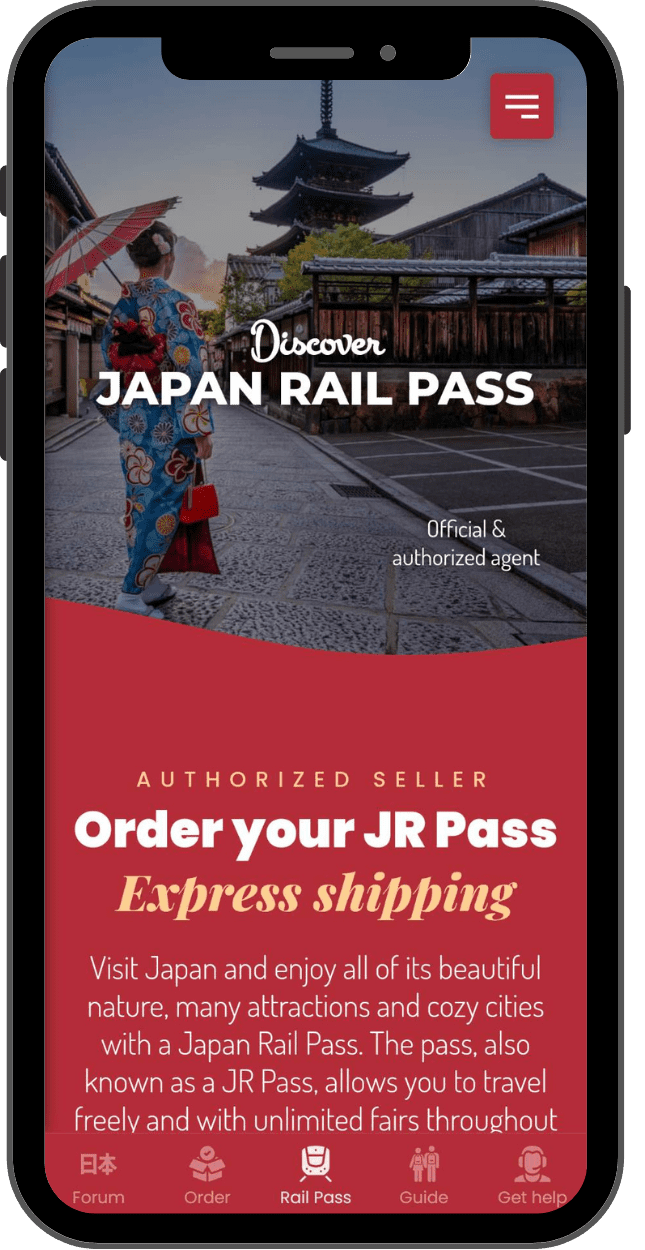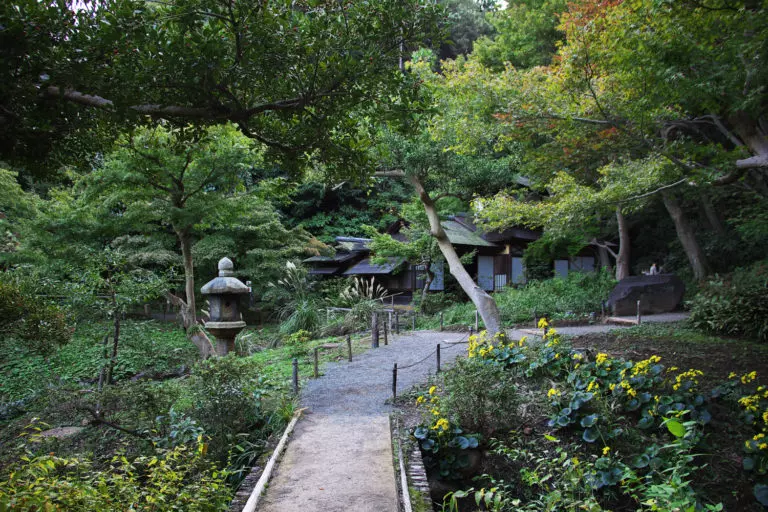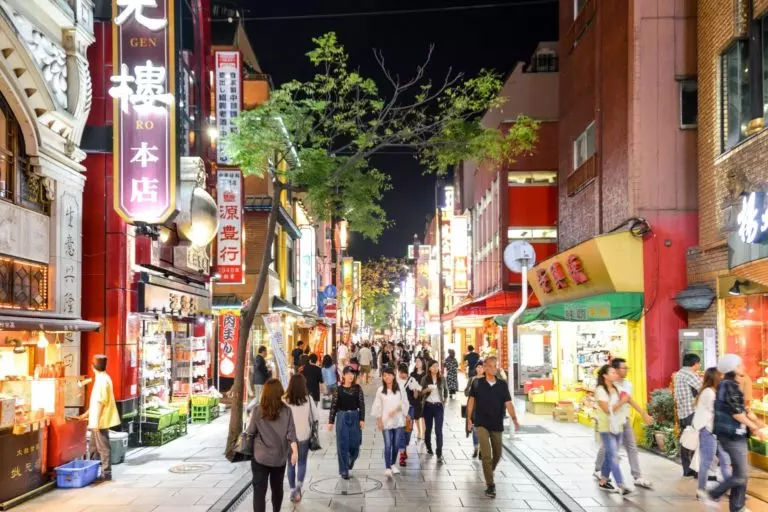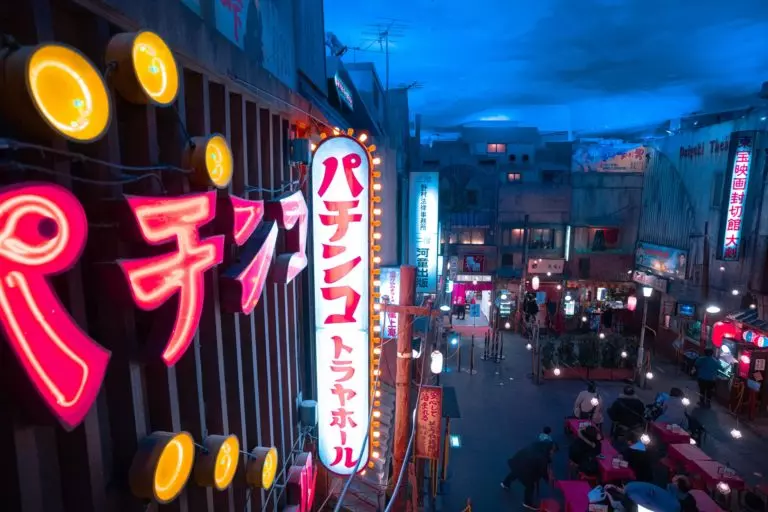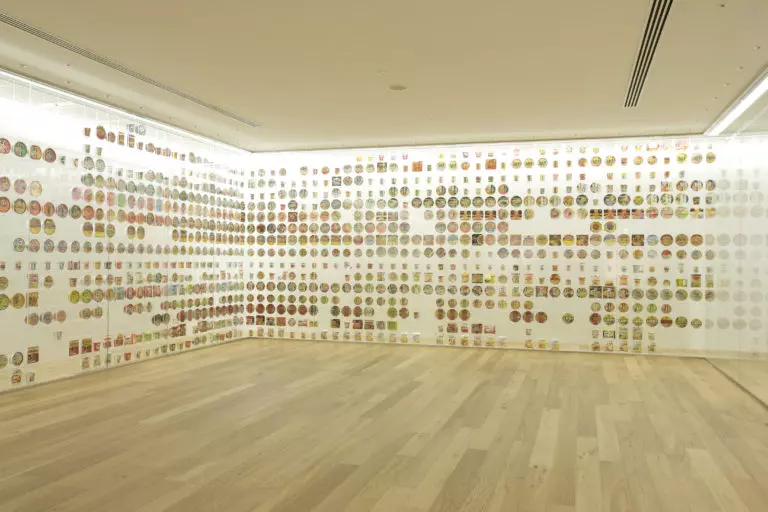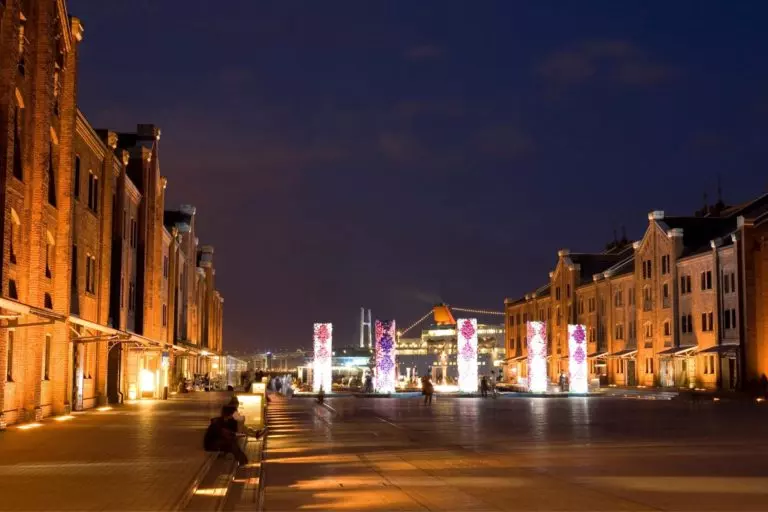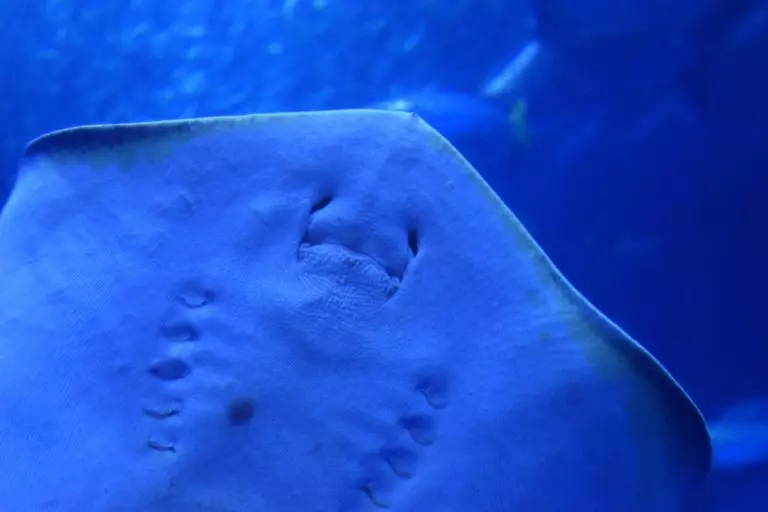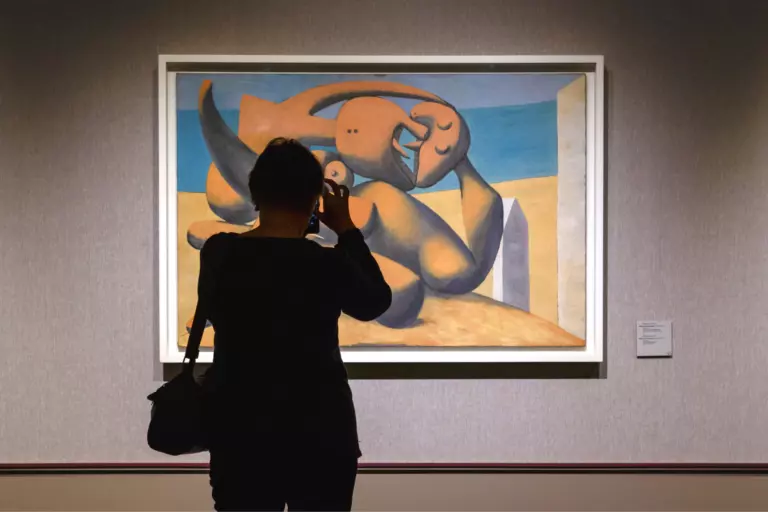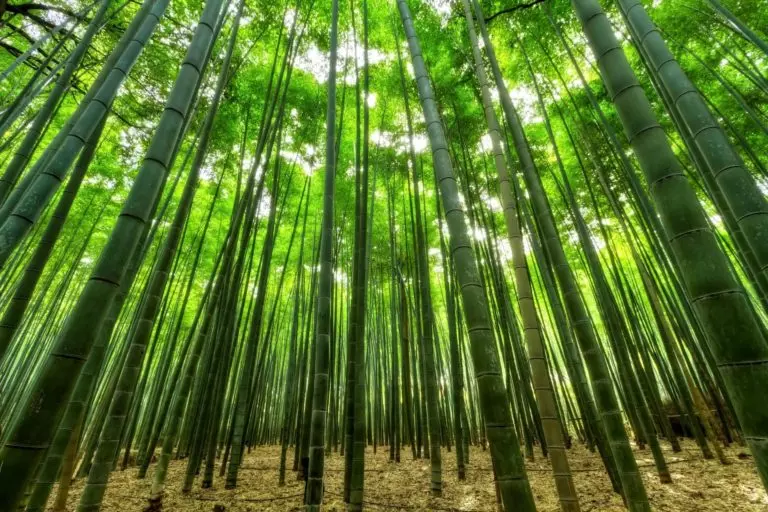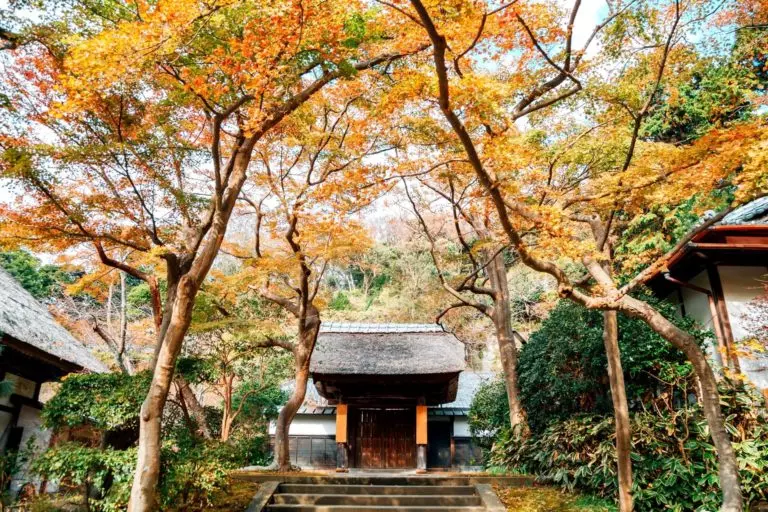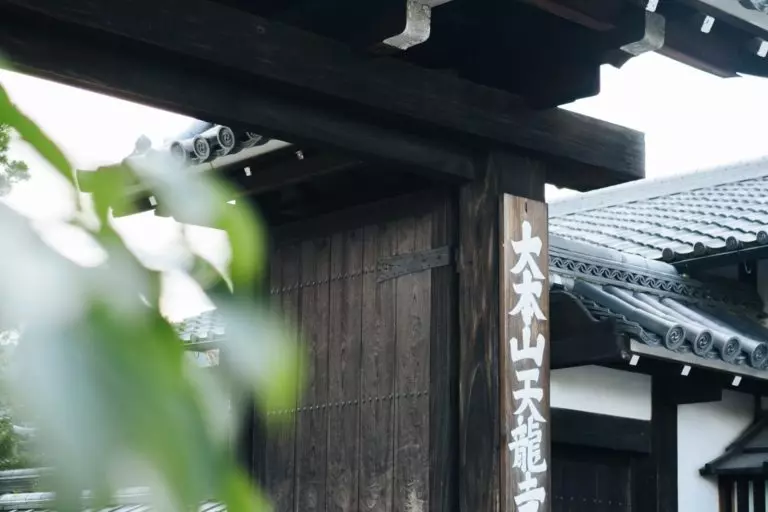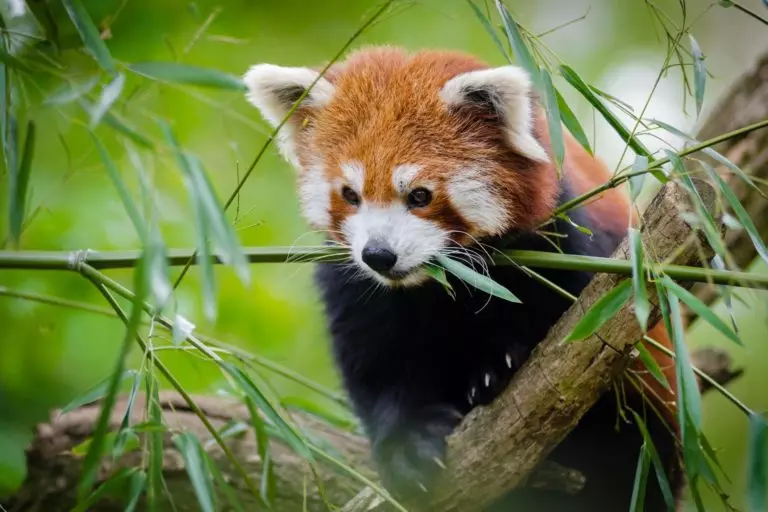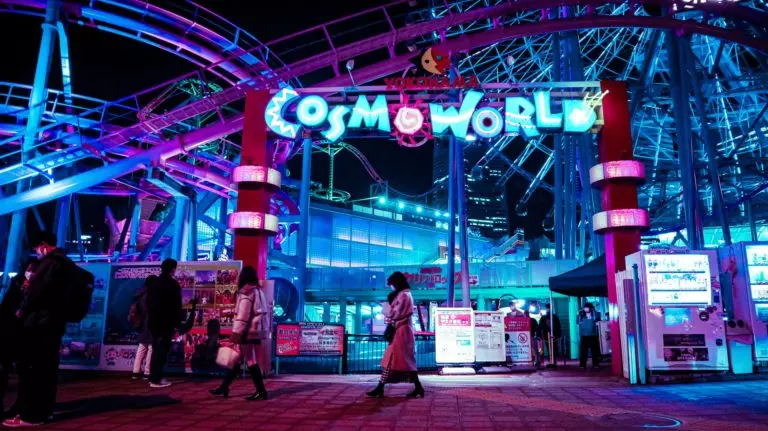info@getjrpass.com
+46 839 91 32 Lun – Ven 11h00 à 15h00 GMT+1
Agent de voyage autorisé
- Accueil
- Japan Rail PassQu'est-ce qu'une Japan Rail Pass?
Les Japan Rail Pass est un pass de train qui vous permet de vous déplacer librement dans les trains à grande vitesse Shinkansen, les trains réguliers, les bus, certains bateaux et le métro sur les lignes JR à travers le Japon.
Getjrpass est un partenaire et vendeur officiel. Nous expédierons votre commande dans un délai d'un jour ouvrable avec UPS Express.
- Guide de VoyageGuides et conseils de voyage
Explorez le Japon comme un local avec notre guide de voyage incontournable. Rempli de conseils et de recommandations d'initiés, il couvre tout, du transport et de l'hébergement à la cuisine et aux coutumes locales. Avec de superbes photos et une écriture engageante, c'est le compagnon idéal pour votre voyage au Japon. Ne manquez pas!
- Vols
- Forum
- InformationJapan Rail Pass
-
RemisesRemises
-
Éligible au JR PassÉligible au JR Pass
-
Qu'est-ce qu'une Green passQu'est-ce qu'une Green pass
-
Informations utilesInformations utiles
-
Comment commander un JR PassComment commander un JR Pass
-
Check-list avant le JaponCheck-list avant le Japon
Informations sur le JR Pass-
Commander standard Pass JRCommander standard Pass JR
-
Commander green Pass JRCommander green Pass JR
-
Commander un pass régionalCommander un pass régional
-
Comparer les types de passComparer les types de pass
-
Internet au JaponInternet au Japon
-
Billet Nozomi & MizuhoBillet Nozomi & Mizuho
Liens utiles-
BlogBlog
-
FAQFAQ
-
Outils utilesOutils utiles
-
Types de trainTypes de train
-
Itinéraires de voyageItinéraires de voyage
-
Plans des trains et métrosPlans des trains et métros
-
- Qui sommes-nous?Liens utiles
-
Qui sommes-nous?Qui sommes-nous?
-
Nous contacterNous contacter
-
Données privéesDonnées privées
-
Retour et remboursementRetour et remboursement
-
Bon à savoirBon à savoir
-
ambassadeurs de la marqueambassadeurs de la marque
-
- Obtenir de l'aideNous contacter
Si vous avez des questions, des commentaires ou des préoccupations, n'hésitez pas à nous contacter via notre formulaire de contact ou par e-mail.
Forum d'entraideBesoin d'aide avec Japan Rail Pass ou notre service? Visitez notre forum d'assistance pour obtenir de l'aide de notre communauté compétente et de notre équipe d'assistance.
Qui sommes-nous?Découvrez notre entreprise et ses collaborateurs en visitant notre page « À propos de nous ». Faites connaissance avec l'équipe !
Obtenez plus d'aide-
Retours et remboursementsRetours et remboursements
-
Politique de confidentialitéPolitique de confidentialité
-
Citoyen japonaisCitoyen japonais
-
Utilisateurs éligiblesUtilisateurs éligibles
-
- Accueil
- Japan Rail PassQu'est-ce qu'une Japan Rail Pass?
Les Japan Rail Pass est un pass de train qui vous permet de vous déplacer librement dans les trains à grande vitesse Shinkansen, les trains réguliers, les bus, certains bateaux et le métro sur les lignes JR à travers le Japon.
Getjrpass est un partenaire et vendeur officiel. Nous expédierons votre commande dans un délai d'un jour ouvrable avec UPS Express.
- Guide de VoyageGuides et conseils de voyage
Explorez le Japon comme un local avec notre guide de voyage incontournable. Rempli de conseils et de recommandations d'initiés, il couvre tout, du transport et de l'hébergement à la cuisine et aux coutumes locales. Avec de superbes photos et une écriture engageante, c'est le compagnon idéal pour votre voyage au Japon. Ne manquez pas!
- Vols
- Forum
- InformationJapan Rail Pass
-
RemisesRemises
-
Éligible au JR PassÉligible au JR Pass
-
Qu'est-ce qu'une Green passQu'est-ce qu'une Green pass
-
Informations utilesInformations utiles
-
Comment commander un JR PassComment commander un JR Pass
-
Check-list avant le JaponCheck-list avant le Japon
Informations sur le JR Pass-
Commander standard Pass JRCommander standard Pass JR
-
Commander green Pass JRCommander green Pass JR
-
Commander un pass régionalCommander un pass régional
-
Comparer les types de passComparer les types de pass
-
Internet au JaponInternet au Japon
-
Billet Nozomi & MizuhoBillet Nozomi & Mizuho
Liens utiles-
BlogBlog
-
FAQFAQ
-
Outils utilesOutils utiles
-
Types de trainTypes de train
-
Itinéraires de voyageItinéraires de voyage
-
Plans des trains et métrosPlans des trains et métros
-
- Qui sommes-nous?Liens utiles
-
Qui sommes-nous?Qui sommes-nous?
-
Nous contacterNous contacter
-
Données privéesDonnées privées
-
Retour et remboursementRetour et remboursement
-
Bon à savoirBon à savoir
-
ambassadeurs de la marqueambassadeurs de la marque
-
- Obtenir de l'aideNous contacter
Si vous avez des questions, des commentaires ou des préoccupations, n'hésitez pas à nous contacter via notre formulaire de contact ou par e-mail.
Forum d'entraideBesoin d'aide avec Japan Rail Pass ou notre service? Visitez notre forum d'assistance pour obtenir de l'aide de notre communauté compétente et de notre équipe d'assistance.
Qui sommes-nous?Découvrez notre entreprise et ses collaborateurs en visitant notre page « À propos de nous ». Faites connaissance avec l'équipe !
Obtenez plus d'aide-
Retours et remboursementsRetours et remboursements
-
Politique de confidentialitéPolitique de confidentialité
-
Citoyen japonaisCitoyen japonais
-
Utilisateurs éligiblesUtilisateurs éligibles
-



